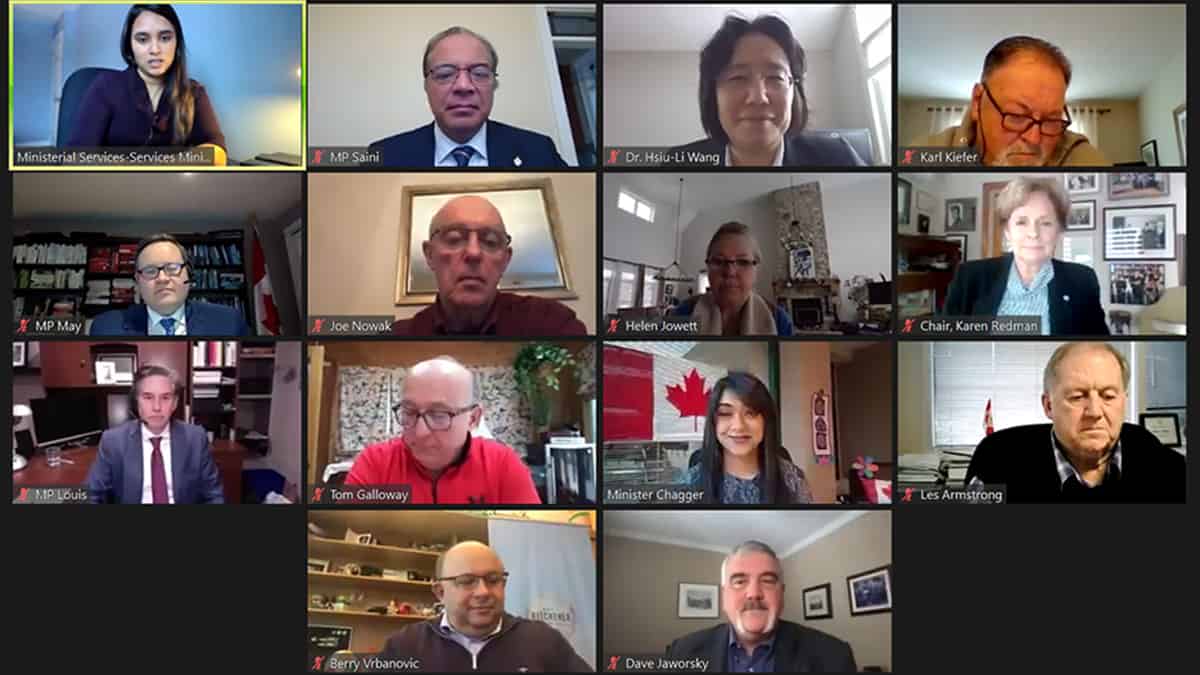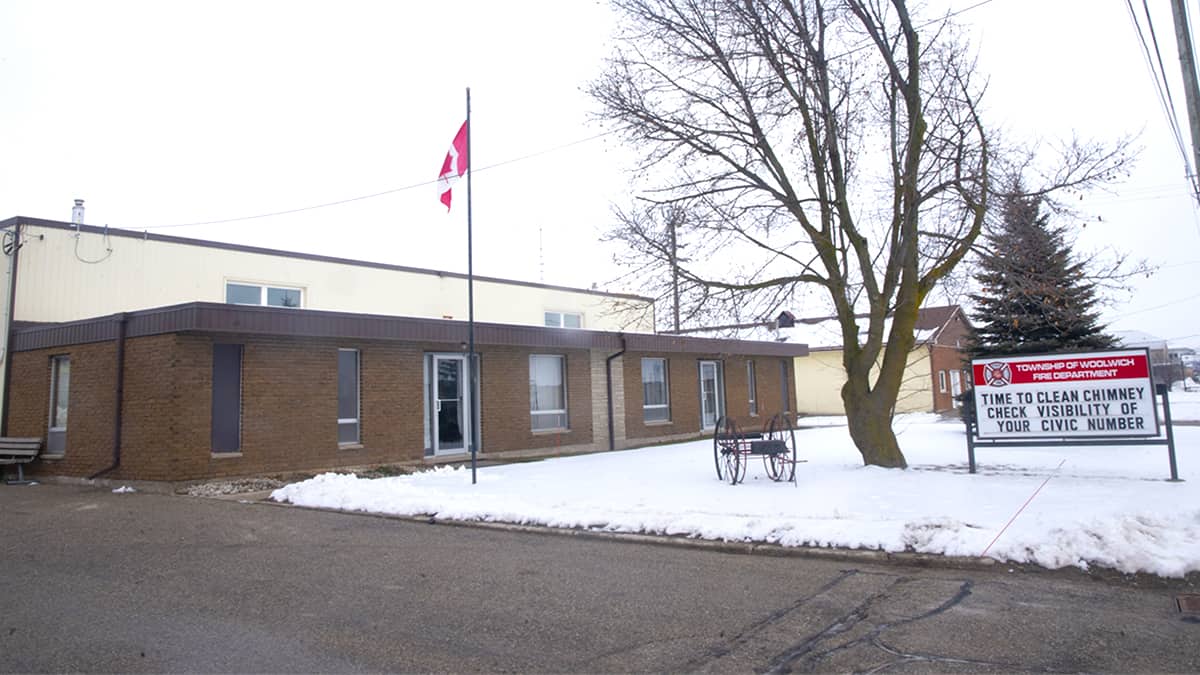A new self-isolation site in Waterloo Region will receive an additional $4.1 million in funding from the federal government over the next 15 months.
Support for the program, launched last month, was announced Monday by Waterloo MP Bardish Chagger, minister of Diversity and Inclusion and Youth.
The site provides a voluntary self-isolation option for those who don’t have an appropriate place of their own, due perhaps to a lack of housing or space limitations.
Such issues affect visible minorities and low-income residents at a disproportionate rate, Chagger noted in a January 11 videoconference.
“I think it’s important to acknowledge that for some Canadians physical distancing is not that simple. COVID-19 has impacted the world, all Canadians, and disproportionately certain segments [of the population]. Studies have shown that individuals from lower-income and densely populated neighborhoods are disproportionately affected by COVID-19,” she said.
A regional study shows that visible minorities make up 19 per cent of the population, but account for 63.7 per cent of positive tests for COVID-19.
Chagger said the numbers reflect the inability to social distance and self-isolate for members of these communities. “That’s because people from these neighborhoods may have more difficulty safely isolating at home. Crowded housing conditions and restrictive [conditions] can make it unsafe or impossible to self-isolate, increasing the risk of community transmission.”
Wang welcomed the additional funding for the site.
“We know that close contact transmission is a major driver of COVID-19 spread, which is why self-isolation is one of the key strategies used in controlling transmission. By self-isolating, you can protect those that you live with and prevent transmission of COVID-19 within your home. However, I recognize that self-isolation is not feasible for many in our community. Public Health is committed to protecting the health and safety of the residents of Waterloo Region, including reducing the spread and supporting population groups facing social and economic challenges.”
“We know that household transmission is a major driver of COVID-19 spread, especially when people cannot self-isolate. This funding, to establish a voluntary isolation centre in our region will greatly increase our support of residents of Waterloo Region when they cannot properly self- isolate at home,” added regional Chair Karen Redman.
Chagger noted the money is coming at this point in the pandemic because Ottawa only received the application at the end of 2020.
There are 54 rooms at the site that allow for proper self-isolation. The site itself is a undisclosed location, with admittance by referral only.
“We won’t be revealing the location of the site to protect the privacy and safety of the residents who may choose to access it,” explained Wang.









